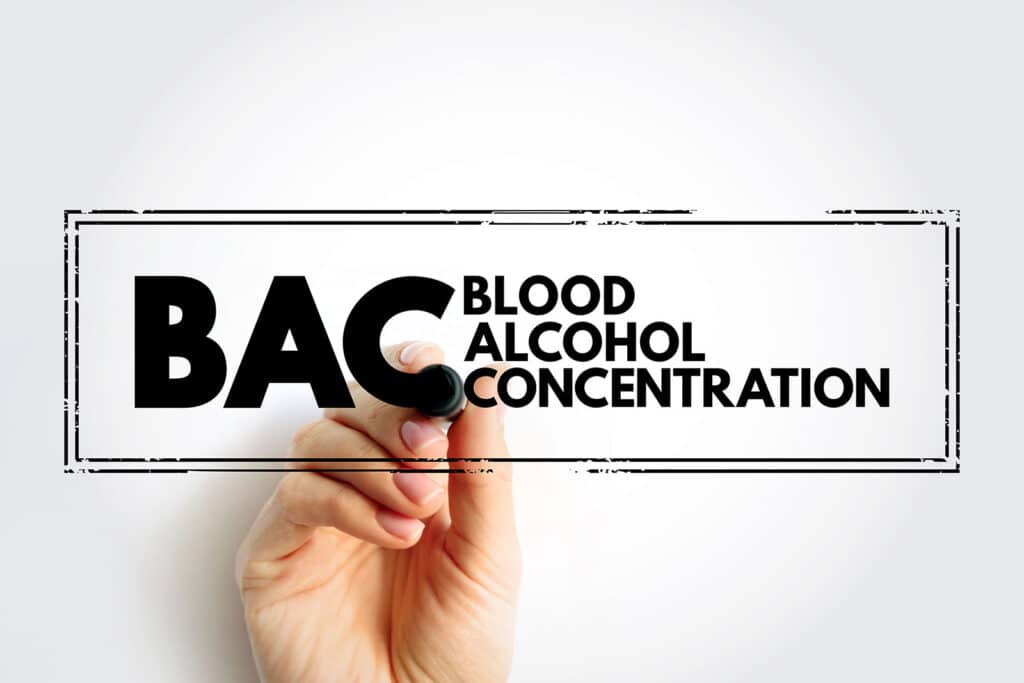When we talk about being “three times over the legal limit” for alcohol, we’re typically referring to blood alcohol concentration (BAC), a measure of the amount of alcohol in a person’s bloodstream. BAC is commonly used to assess levels of impairment for drivers, with legal limits set in place to reduce the risk of accidents and injuries.
Understanding Blood Alcohol Concentration (BAC)
Blood Alcohol Concentration (BAC) is usually expressed as a percentage. For example, a BAC of 0.08% means that there are 0.08 grams of alcohol per 100 milliliters of blood. In many places, the legal BAC limit for driving is set at 0.08%. However, this limit can vary depending on the country or state, and for certain groups (like commercial drivers or underage drinkers), the limit may be even lower.

What Does “Three Times Over the Legal Limit” Mean?
If someone is three times over the legal limit, their BAC is three times the standard legal threshold. Using the common legal limit of 0.08% as a reference:
- One time over the legal limit: 0.08% BAC
- Two times over the legal limit: 0.16% BAC
- Three times over the legal limit: 0.24% BAC
A BAC of 0.24% means that there is 0.24 grams of alcohol per 100 milliliters of blood. This level of intoxication is extremely dangerous and significantly impairs a person’s motor skills, judgment, and reaction time.
Effects of a High BAC
When a person’s BAC reaches 0.24% or higher, they are likely experiencing severe impairment. The effects can include:
- Severe motor impairment: Difficulty walking, standing, or controlling movements.
- Significant cognitive impairment: Confusion, poor decision-making, and the inability to think clearly.
- Drowsiness or stupor: The person may become very sleepy, difficult to rouse, or even lose consciousness.
- Risk of alcohol poisoning: At such high levels, the risk of alcohol poisoning increases, which can lead to vomiting, unconsciousness, slow or irregular breathing, and even death.
- Increased risk of accidents: The likelihood of being involved in a serious accident, whether as a driver, pedestrian, or passenger, is extremely high.

Legal and Health Consequences
Being caught driving with a BAC that is three times over the legal limit is a serious offense. Legal consequences can include:
- Severe fines: Penalties can be substantial, often in the thousands of dollars.
- License suspension: A driver’s license may be suspended or revoked.
- Jail time: In many jurisdictions, a BAC this high can result in mandatory jail time, especially if it’s a repeat offense.
- Mandatory alcohol education or treatment programs: Offenders may be required to complete alcohol education or enter a treatment program.
- Permanent criminal record: Such a high BAC offense may result in a criminal record, affecting future employment and personal opportunities.
Beyond the legal consequences, the health risks associated with such a high BAC are profound. Long-term effects of heavy drinking can include liver damage, brain damage, heart problems, and an increased risk of certain cancers.
Conclusion
Being three times over the legal limit of alcohol is not just a minor infraction; it represents a level of intoxication that is highly dangerous to both the individual and those around them. Understanding the implications of BAC and recognizing the severe risks of excessive drinking is crucial for making informed, responsible decisions. Always prioritize safety and consider the far-reaching consequences of drinking beyond the legal limit.
FAQ
Is three times the legal alcohol limit considered high?
How much alcohol do you need to consume to be three times over the legal limit?











